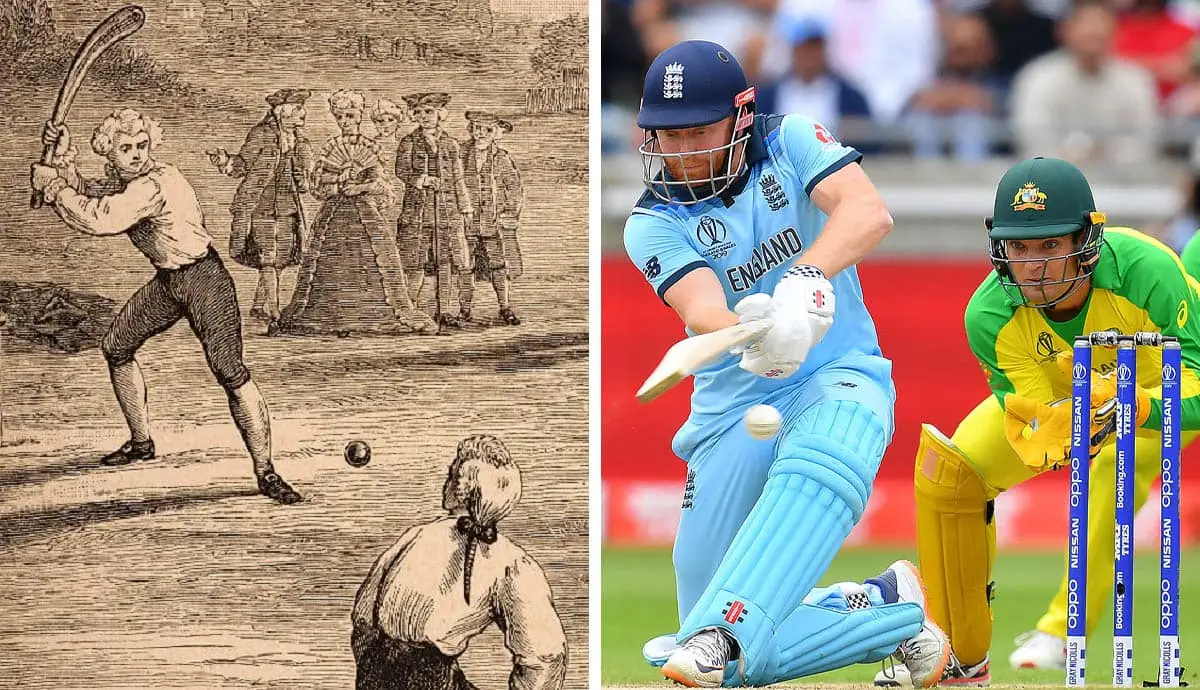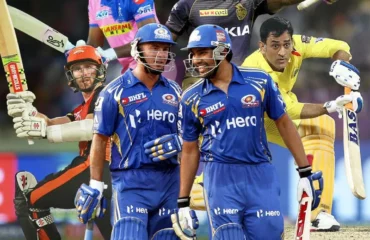Cricket, with its rich history spanning centuries, has evolved from a quaint English pastime to a global sport with a massive following. The origins of cricket can be traced back to 16th-century England, where it began as a children’s game played in the meadows. Over time, it gained popularity among adults, and the first reference to a cricket match dates back to 1646.
By the 18th century, cricket had become a major sport in England, and the first known laws of the game were codified in 1744. The sport’s expansion was closely tied to the British Empire, with cricket spreading to various colonies, including India, Australia, and the West Indies. The first international cricket match took place in 1844 between the United States and Canada.
The late 19th and early 20th centuries witnessed the formalization of international cricket, with England hosting the first-ever Test match against Australia in 1877. Test cricket, the longest format of the game, became the pinnacle of achievement for cricketers and nations alike. The Ashes series, contested between England and Australia, remains one of the oldest and most iconic rivalries in cricket.
As cricket continued to globalize, the establishment of the International Cricket Council (ICC) in 1909 marked a significant step in organizing international competitions. The West Indies emerged as a dominant force in the mid-20th century, led by legendary players such as Sir Garfield Sobers and Sir Vivian Richards.
The latter part of the 20th century saw the rise of other cricketing powerhouses, including India, Pakistan, and Sri Lanka. India’s triumph in the 1983 Cricket World Cup, under the captaincy of Kapil Dev, marked a turning point in the sport’s popularity, especially in the subcontinent.
Page 2: The T20 Revolution and Changing Dynamics
The 21st century brought about a paradigm shift in cricket with the introduction of Twenty20 (T20) cricket, a faster and more dynamic format aimed at attracting a wider audience. The inaugural T20 International took place in 2005, and the first T20 World Cup followed in 2007, captivating fans with its high-scoring and entertaining nature.
T20 cricket’s success led to the creation of domestic T20 leagues worldwide, such as the Indian Premier League (IPL), Big Bash League (BBL), and the Caribbean Premier League (CPL). These leagues not only provided a platform for domestic talent but also brought together international stars, creating a global T20 spectacle.
The T20 format’s influence extended to international cricket, impacting team strategies and player preferences. Batsmen developed innovative shots, bowlers experimented with variations, and fielding standards reached new heights. T20 cricket also brought in a new era of cricketainment, combining on-field action with music, cheerleaders, and a festive atmosphere.
The T20 World Cup became a marquee event, with teams focusing on assembling squads suited for the demands of the format. West Indies emerged as T20 specialists, winning multiple titles with their explosive batting and formidable all-round capabilities.
The rise of T20 leagues has also contributed to the globalization of cricket, attracting fans from non-traditional cricketing nations. Players from various countries participate in these leagues, creating a melting pot of cricketing cultures.
While T20 cricket has injected energy and excitement into the game, Test cricket remains the ultimate test of a cricketer’s skills and endurance. The sport, now encompassing multiple formats, continues to captivate audiences globally, showcasing its ability to adapt and evolve while preserving its historical significance.
In conclusion, cricket’s journey from a simple English game to a global phenomenon encompasses a vast and diverse history. The advent of T20 cricket has added a new chapter, redefining the sport’s dynamics and attracting a broader audience, making cricket a vibrant and ever-evolving spectacle on the world stage.




